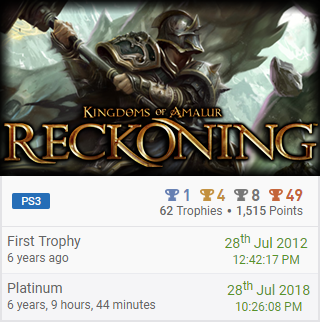Minor design decisions and immersion in Star Trek: Resurgence
I finally played Star Trek: Resurgence, which I’d had my eye on for some time. It’s an interesting game in its own right, but also significant as the first game from Dramatic Labs (a studio formed by Telltale Games veterans) and as part of a new wave of licensed Star Trek games during an exciting time for that franchise.
So naturally I’m here to ignore all of that and instead discuss a specific design decision that most people would probably ignore instead of fixating on. (What can I say? You come to my house, you get my bullshit.)
Okay, so. Resurgence is mostly a game about making choices. There are a few other flavors of gameplay including stealth/combat sequences, shuttlecraft piloting, walking around and investigating areas, a handful of minigames and QTEs, and so on. But the core is making dialog choices that have various effects on the characters and the relationships between them.
Correspondingly, those choices are the foundation of the game’s achievements/trophies. There aren’t any for, say, clearing a combat section without taking damage. None of them are skill-based (except inasmuch as you need to be able to complete all previous parts of the game to reach the particular decision the achievement is for) and I think that’s absolutely the right call. Those more-active parts of the game are for pacing and immersion; it’d be weird to turn them into things the player has to master for full completion.
What seems like a less-right call to me is that the achievements aren’t for passing decision points, but for making specific choices. Like at one point there’s a crisis, both your science officer and security officer have recommendations for getting through it, and you have to decide which one to follow. There isn’t a trophy for getting through the crisis: there’s one for following the science officer’s recommendation and one for following the security officer’s. Almost all the achievements are like that. (On PlayStation, there is additionally the Platinum trophy for getting all other trophies; on Xbox, there are additionally three progress trophies for getting through the three “acts” of the game.)
Now, that does mean that a player’s achievement list for the game becomes a reference for the choices they made, which is kind of a cool thing to have and to be able to share with other players (though the achievements have pretty explicit descriptions so the list is full of GIANT SPOILERS until you finish a playthrough). But the game’s website already provides a mechanism for this, and achievements are particularly poorly-suited to this goal.
By positioning all the alternative choices as items in a completion checklist, the game signals that you should see them all before you can consider yourself truly done. This isn’t as obnoxious as it was in Q.U.B.E. 2, because the game is at least about the choices and there is new stuff to see on a replay, though I still think it smacks of insecure design. But it does mean that anyone who replays the game to make other choices and get all the achievements renders their list useless as a reference for their “actual” choices–and it turns those choices from ones that allow the player to express something about their values to obligatory ones that are just checked off a list with no personal meaning. And the more effective the game has been at creating a real-feeling world and characters, the less interested I am in doing that.
(It’s the same reason I was so relieved to see that Resurgence didn’t have secrets or collectibles. Hunting through all corners of the map to find golden ships or research data would destroy immersion instantly; I was really happy I could just go where my character would go and not worry that I would be mechanically punished for it.)
Resurgence wasn’t a perfect game, but it did a better job than anything else ever has at making me feel like a Starfleet officer. I loved the scenarios it put me in and the opportunity to make decisions that best reflected Federation values and balanced protecting my crew with advancing our mission. I recognize that I’m more sensitive to this than others, but I resent feeling nudged to go back and make different decisions that will turn Resurgence from a world populated with people to a series of arbitrary levers to pull.
0 Comments



